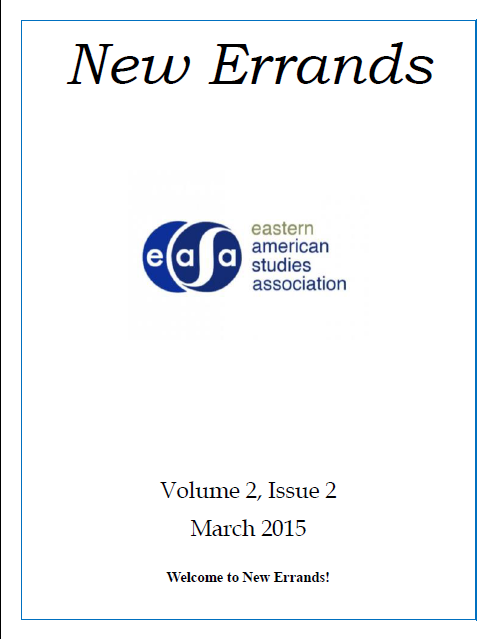Opera in 20th Century America: Overcoming the Racialization of Sound
DOI:
https://doi.org/10.18113/P8ne2259651Abstract
The summer of 2015 will bring a revival of Voodoo, a Harlem Renaissance opera by H. Lawrence Freeman, in its first performance since its 1928 premiere. It is being revived by the Harlem Opera Theater at the Miller Theater at Columbia University. The opera was the first opera written by an African-American produced in the United States. Advertised at its premier as "A Negro Jazz Opera" (Poster, 1928, H. Lawrence Freeman Papers), the opera is set on a Louisiana plantation just after the Civil War. It focuses on a love triangle between three former slaves, one of whom turns to voodoo and magic to win the affection of her lover and to be rid of her rival. The opera combines western classical music with passages of period dance music, and includes re-settings of several AfricanAmerican spirituals, such as "Swing Low, Sweet Chariot"(H. L. Freeman, 1914, Voodoo Manuscript, H. Lawrence Freeman Papers). Written, conducted, played, and sung by African-Americans, Freeman's opera uses elements of Grand Opera-- the fusion of the vital elements of music, drama and dancecombined with rhythms and melodies of jazz and African-American music-- to challenge what I want to suggest is the constructed racialization of sound. Examining the preserved papers of H. Lawrence Freeman, I will explore and undermine the racialized properties of the history of sound and music, using Eric Lott's Love & Theft, a historical and theoretical study of blackface minstrelsy in America, as a jumping off point. Shawn MarieGarrett's article, "Return of the Repressed" will guide me through my analysis of H. L. Freeman and his African-American contemporaries, who deracialized sound by asking the questions what is black? What is white?Downloads
Published
2015-03-21
Issue
Section
Articles

